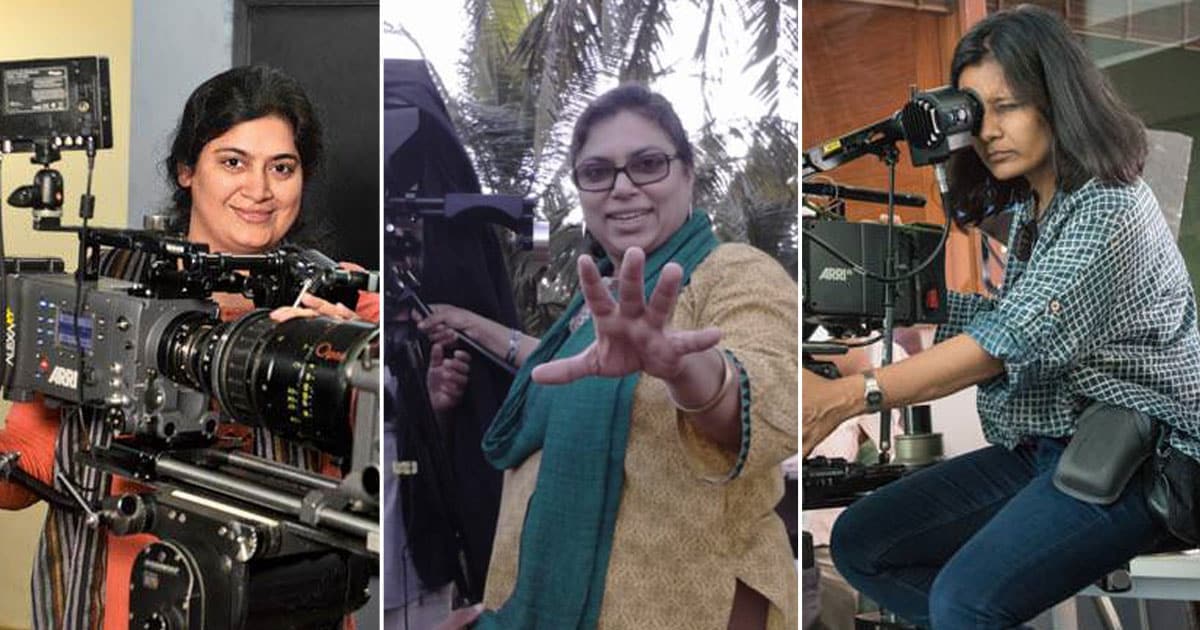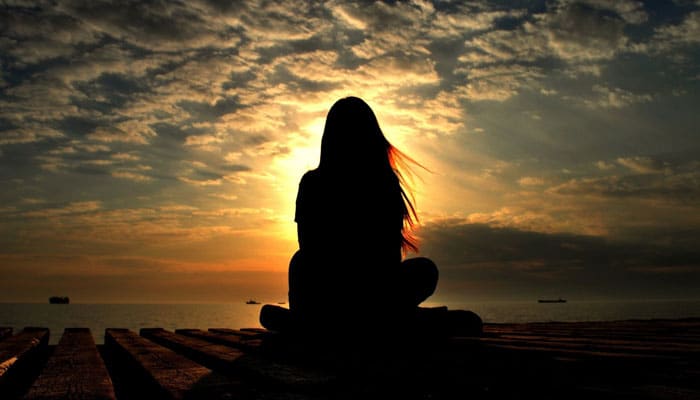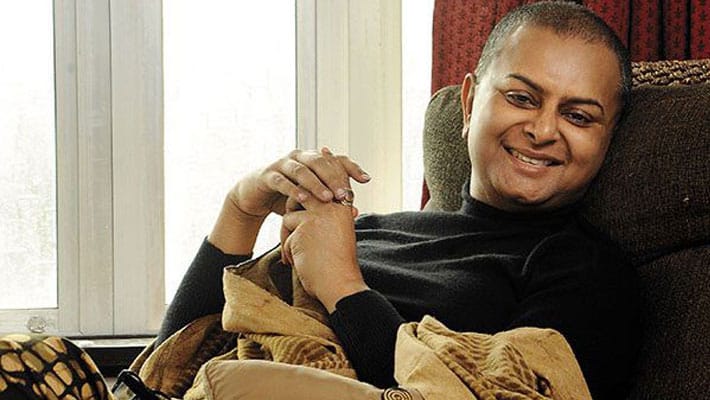Cinematography, as a profession, has always been male-dominated in the Indian film industry, and this is true for both the regional film industries and Bollywood. While some exceptional women cinematographers have broken the glass ceiling and made a name for themselves, the number of women in this field is still concerning.
Let’s explore why fewer women cinematographers exist in the regional and Bollywood film industries.

Societal Expectations and Gender Stereotypes:
Societal expectations and gender stereotypes play a significant role in discouraging women from pursuing careers in cinematography. Cinematography is still considered male-dominated, and women are often not encouraged to pursue it as a career. Society tends to view women as caregivers and homemakers, and careers in cinematography are perceived as demanding and time-consuming, which conflicts with traditional gender roles.
Lack of Role Models:
The lack of role models is another significant factor contributing to the under-representation of female cinematographers in the Indian film industry. Women interested in pursuing a career in cinematography often see few women in the field, which can be discouraging. The absence of role models makes it harder for women to envision themselves succeeding in the profession, and they may pursue other career options instead.
Nepotism and Favoritism:
Nepotism and favoritism are pervasive in the Indian film industry, and this can create significant barriers for women who want to pursue a career in cinematography. Many of the top cinematographers in Bollywood and the regional film industries are well-connected and have been given opportunities due to their connections, rather than their talent. This leaves little room for new and upcoming women cinematographers to establish themselves in the industry.
Work Culture and Work-Life Balance:
The work culture in the Indian film industry is often demanding, and long working hours are the norm. This can be particularly challenging for women who must balance their professional and personal lives. Women who want to pursue a career in cinematography may be discouraged by the demanding work hours and the need for work-life balance. This is especially true for women who have children or other caregiving responsibilities.
Did you miss these stories?
Gender Bias:
Gender bias is another significant factor contributing to the lack of female cinematographers in the Indian film industry. Society often perceives women as less competent than men, leading to workplace discrimination. This discrimination can manifest in several ways, including lower pay, fewer opportunities, and less recognition for their work.
Lack of Technical Education and Training:
Another significant factor contributing to the under-representation of women cinematographers in the Indian film industry is the lack of technical education and training. Cinematography requires specialized lighting, camera operation, and sound expertise, among other things. However, very few technical schools or training programs cater specifically to women. As a result, women who want to pursue a career in cinematography may not have access to the technical education and training necessary to succeed in the field.
Lack of Support Networks:
Finally, the lack of support networks is another significant factor contributing to the under-representation of female cinematographers in the Indian film industry. Women interested in pursuing a career in cinematography may not have access to support networks or mentorship programs that can help them establish themselves in the field. This lack of support can be particularly challenging for women who are just starting their careers and may not have many connections in the industry.
There are several reasons for fewer women cinematographers in the regional and Bollywood film industries. Addressing these challenges will require a concerted effort from the industry. The industry must address these issues and create a more inclusive environment encouraging diversity and equal opportunities. Only then can we hope to see a more significant representation of women cinematographers in the Indian film industry.



